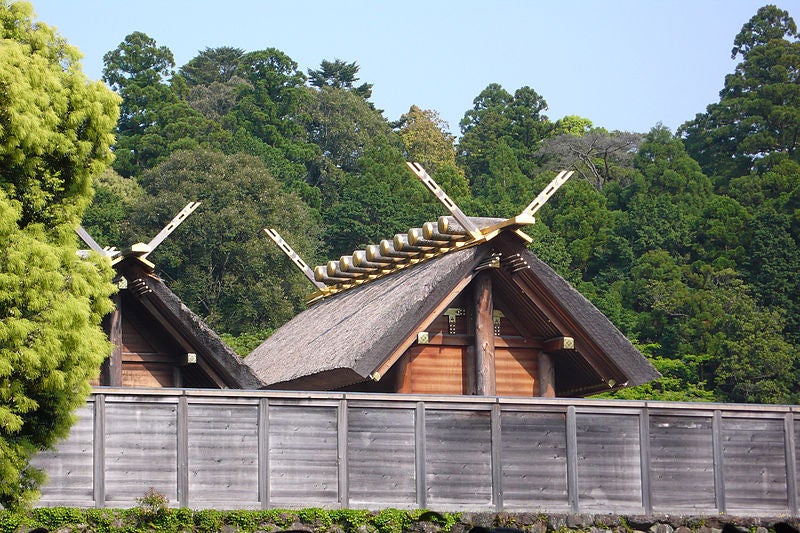History Professor Wins Guggenheim to Explore Japanese History
Jordan Sand, a professor of Japanese history and culture, has been named a 2022 Guggenheim Fellow.
Announced earlier this month, the John Simon Guggenheim Memorial Foundation awarded grants to 180 fellows this year after drawing more than 2,500 applications. Considered one of academia’s most prestigious grants, the Guggenheim represents an opportunity for scholars and artists to pursue and fulfill their passion projects.
Sand, who has dual appointments in the Department of HIstory and the Department of East Asian Languages & Cultures, will go on sabbatical during the upcoming academic year to finish his work on a forthcoming book, which will first be published in Japanese before being printed in English.
Rediscovering Established History
Sand’s research focuses on the beguiling history of the Ise Jingu grand shrine in Mie Prefecture, Japan, which has been around for more than 1,300 years. Despite that lengthy history, the timbers and materials making up the current shrine have only been around since 2013. That’s because the main structures are razed and rebuilt every 20 years as part of a Shinto ritual.
“The Shinto shrines at Ise are the pinnacle of the hierarchy of historic sites of the Shinto faith of Japan,” says Sand. “The rebuilding being such an unusual practice has drawn a lot of attention from architects and people from the heritage world. I am going back into the historical records to look at how it has been maintained and how they have been rebuilt and why.”

One of the Shinto shrines at Ise in 2008.
The grand shrine, which is part of a complex of more than 100 shrines, is dedicated to Amaterasu Omikami, the goddess of the sun, and closely associated with the Imperial House of Japan. The shrine isn’t built in exactly the same place – its location within the complex moves, but the spirits who call it home move with the structure.
“The standard view has been that the grand shrine has been rebuilt identically without break for 63 reconstructions over 1300 years,” Sand says. “But I’ve found that’s not entirely true — while remaining faithful to the forms of the past there’s actually been a lot of change.”
For Sand, who studied architecture at the University of Tokyo before completing his PhD in history at Columbia University, the topic is at the intersection of numerous interests. While researching a paper he provocatively titled Japan’s Monument Problem, he realized that despite mounds of contemporary writing and thinking about the Ise Jingu shrine there were scant records of its founding, the original intent behind the Shinto practitioners who first constructed the building.
“The shrines have a vast archive, yet no traditional texts explain the reason for the reconstruction–there’s no classical text to turn to, no bible,” says Sand. “But there are a lot of explanations — ideas of Japanese attachment to impermanence, things like that. Those are modern ideas grafted onto the place. Interesting stuff for interpretation, but what about the lived history?”
Sand will spend the bulk of the next academic year in Japan, close to the Ise archives and his colleagues who work in the same subject matter.
“I’m excited to wrap up this research and solve some lingering mysteries,” says Sand. “Then comes the challenge of making it speak to Japanese and English-language audiences.”
